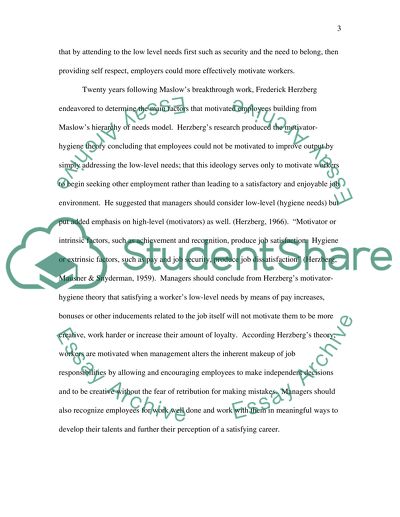Cite this document
(“Motivation - Managing people and organisation Essay”, n.d.)
Motivation - Managing people and organisation Essay. Retrieved from https://studentshare.org/miscellaneous/1537410-motivation-managing-people-and-organisation
Motivation - Managing people and organisation Essay. Retrieved from https://studentshare.org/miscellaneous/1537410-motivation-managing-people-and-organisation
(Motivation - Managing People and Organisation Essay)
Motivation - Managing People and Organisation Essay. https://studentshare.org/miscellaneous/1537410-motivation-managing-people-and-organisation.
Motivation - Managing People and Organisation Essay. https://studentshare.org/miscellaneous/1537410-motivation-managing-people-and-organisation.
“Motivation - Managing People and Organisation Essay”, n.d. https://studentshare.org/miscellaneous/1537410-motivation-managing-people-and-organisation.


